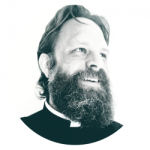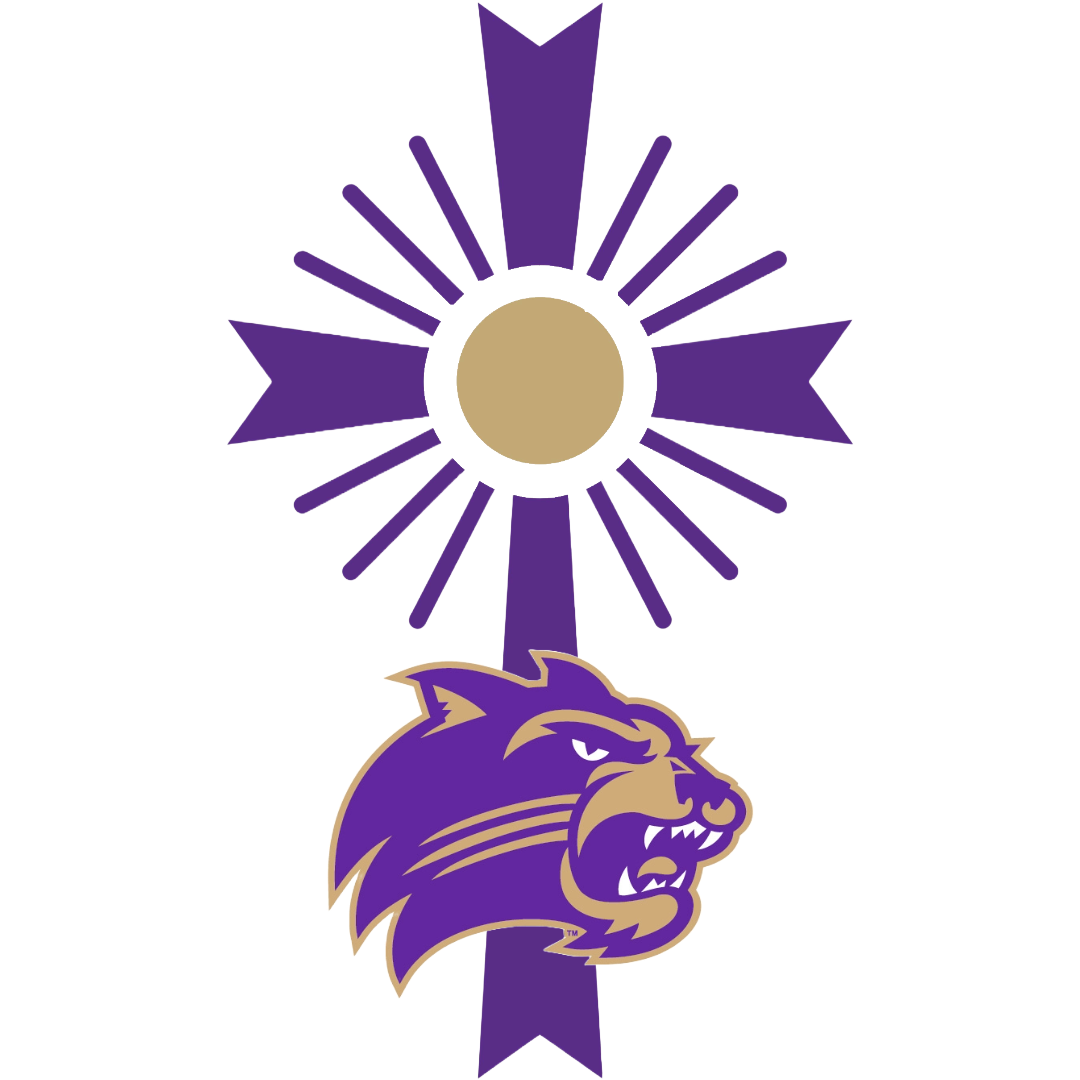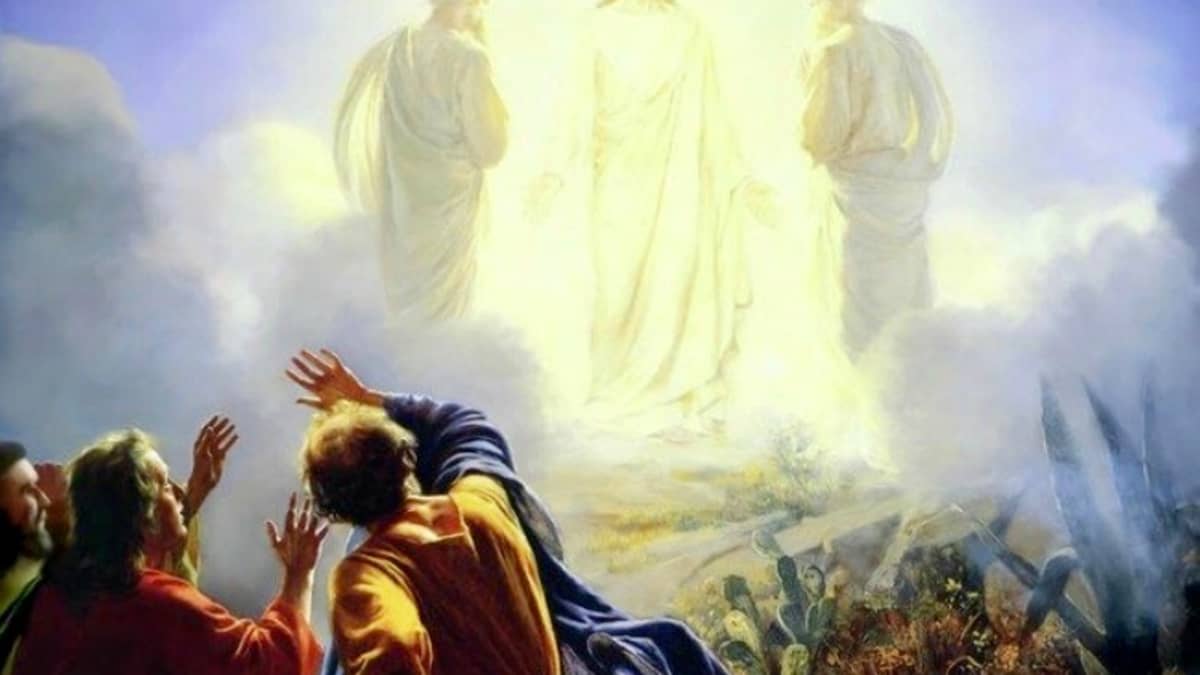Three Mountains
2nd Sunday of Lent

This reflection is about three mountains. The first is Mount Tabor, the mountain of the Transfiguration that we read about in today’s gospel. Mount Tabor sits like an inverted bowl in the Jezreel Valley. It is only 1800′ tall, so not high as far as mountains go. But its steep sides make it a very challenging climb to the top. It is so steep, in fact, that it’s a popular hang gliding destination today.
Jesus and the Apostles had just journeyed on foot from Caesarea Philippi, where Peter confessed his faith that Jesus was the Christ, and Jesus promised to build his Church on the rock of Peter and give him the keys of the kingdom (Mt 16:13-21). Caesarea Philippi is 40 miles from Mount Tabor. I don’t know about you, but the last thing I would want to do after a 40 mile hike is to climb a steep mountain. But Jesus called Peter, James and John to climb with him to the top, even though they were doubtless ready for a rest. Why?
After Peter’s confession of faith at Caesarea Philippi, Jesus began to teach his disciples that the Son of Man would have to suffer and die and rise from the dead. Peter didn’t like the sound of that. He said, “God forbid! No such thing will ever happen to you!” To which Jesus replied, “Get behind me Satan! You are an obstacle to me. You are thinking not as God does, but as human beings do” (Mt 16:21-23).
Isn’t it amazing how easy it is to go from “You are Peter and upon this rock I will build my church” to “Get behind me Satan?” But Jesus was right. Peter was thinking as a human being. What human being likes the idea of suffering and death? We naturally recoil from it. And that’s why Jesus took Peter, James and John up the mountain; to elevate their perspective and to prepare them for what he knew was to come.
Throughout history, God shows a preference for revealing himself on mountaintops, as he did to Moses on Mount Sinai, or to Elijah on that same mountain. Maybe it’s because mountaintops offer us a broader perspective on things. Or maybe it’s because you have to make an effort to get there. Whatever the case, Jesus is following the divine pattern of mountaintop revelations.
There on Mount Tabor, Christ pulls back the veil and shows his true face, shining like the sun. Moses and Elijah appear with him, signifying that this is the one whom they foretold. And the Father’s own voice is heard saying, “This is my beloved Son.” This is all done to shore up the disciples faith in the divinity of Christ, even when they would later see him beaten and broken, hanging from a cross.
And that brings us to the second mountain, called Calvary. We make the journey to Calvary with the Lord every time we pray the Stations of the Cross, or the Sorrowful Mysteries of the Rosary. What we see at the top of Calvary is a far cry from the glory of the Transfiguration. Instead of clothes that are dazzlingly white, Christ is stripped naked and covered with blood. Instead of a face shining like the sun, his face is swollen and unrecognizable. No glory. No honor. Seemingly no power. And yet the same man. The same Christ. The same God. This is what our faith asks us to believe; that the Jesus hanging from a cross on Calvary is the same Jesus transfigured in glory on Mount Tabor. Two different views from the tops of two different mountains, but the same God.
And just like Jesus took his chosen disciples to the top of Mount Tabor with him, he takes us with him to Calvary. He tells us “If you would be my disciple, take up your cross and follow me” (Lk 9:23). This is the third mountain. It is the mountain of Christian discipleship. This mountain is not on any map. It is in the human heart. This is the mountain mentioned in the 24th Psalm when it asks, “Who can climb the mountain of the Lord? Who can stand in his holy place?” (Ps 24:3). Who indeed can climb Calvary with Jesus? Who can bear his suffering? Who can bear his glory?
Psalm 24 provides the answer: “The man with clean hands and pure heart, who desires not worthless things, who has not sworn to deceive his neighbor” (Ps 24:4). We can only ascend this holy mountain with hands clean from sin that work for the good of others, and a heart that loves what God loves and wants what God wants. Only a heart this pure can withstand being broken by the unfathomable love that waits for us at the top of that mountain; a love so great that it encompasses both Calvary and Mount Tabor and all the universe — a love big enough to encompass all of our sins.
Just like Peter, James and John, we need the glory of the Transfiguration to help us recognize God on the cross. God often reveals himself to us in ways that we don’t expect; in suffering and trials, both our own and those of others. Do we recognize God in the beggar standing at the intersection? Do we recognize him in our neighbor suffering from depression? Do we recognize him in the cancer ward or memory care unit? Do we recognize him in our own lives when we suffer our particular trials? We don’t expect God to look like this, but he does. He looks like this because he loves us and suffers with us.
We climb the mountain of the Lord through our willingness to bear our share of hardship for the gospel (2 Tim 1:8). We climb the mountain by obeying the commandments to love God and to love one another the way God loves us — not as a general sentiment but through concrete actions, by putting one foot in front of the other and doing what charity demands. This is how we climb the Lord’s mountain, one step at a time, and when we slip and fall, we only have to look to Jesus who goes ahead of us, carrying his cross. He looks back at us and says, “Rise, and do not be afraid” (Mt 17:7).
“See, the eyes of the Lord are upon those who fear him, upon those who hope for his kindness” (Ps 33:18). He is determined to get us to the top of the mountain, where we will not only see his glory but we will share in it ourselves, for we will be like he is. For now that glory shines as a beacon that lights our way, up the mountain, through the cross, to eternal life.

